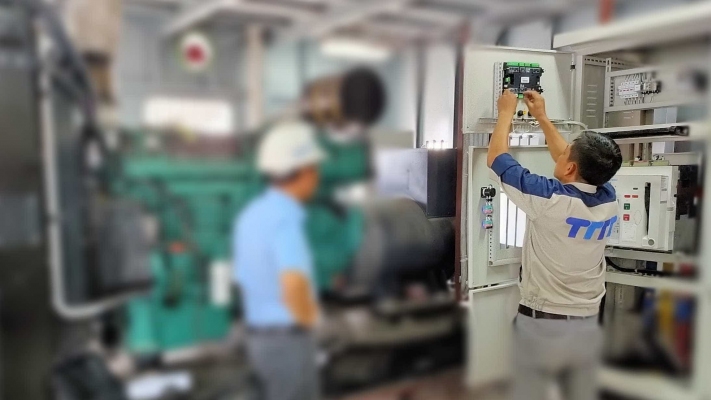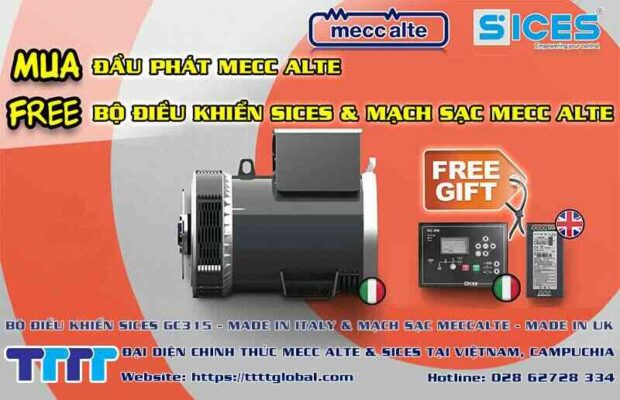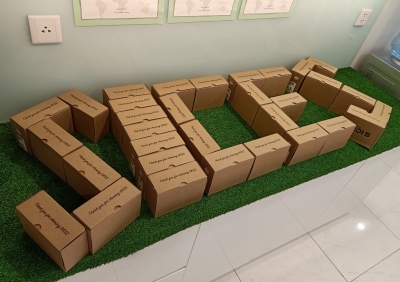Direct current is a type of electric current in which the movement of charged particles (electrons) is always in a certain direction, from the positive pole to the negative pole. This is an important concept in the field of electronics and is widely used in everyday life. In this article, we will learn about what direct current is, what is the frequency of direct current, its properties and applications in life.
You may be interested in the following articles:
- How important is the electrical and electronics industry to life?..
- Not everyone knows the concept of civil electrical.
Contents
What is direct current?
To better understand what is direct current TTTT Global, we need to learn about the concept of “electric current”. Electric current is the movement of electrically charged particles (electrons) in a conductor. When there is movement of charged particles, we call it electric current.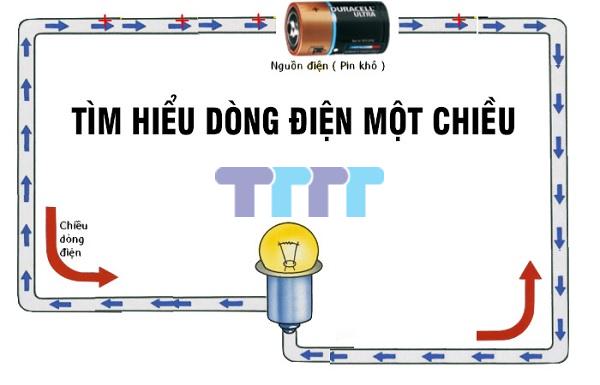
Direct current is a type of electric current in which the movement of charged particles is always in a certain direction, from the positive pole to the negative pole. This means that charged particles move in a single direction and do not change direction.
Direct current is generated from sources such as batteries, accumulators, DC generators, etc. It is widely used in electronic devices such as flashlights, computers, mobile phones, etc.
Properties of direct current
Direct current has the following properties:
The direction of movement of charged particles is always in a certain direction
The special thing about direct current is that the direction of movement of charged particles is always in a certain direction. This means that charged particles will move from the anode to the cathode and cannot move back.
The voltage of direct current does not change with time
Voltage is an important concept in electric current. It measures the difference in electrical force between two points in an electrical circuit. In direct current, the voltage does not change over time and always has the same value.
The intensity of direct current can change over time
Current intensity is a measure of the number of charged particles moving through a point in an electrical circuit in a unit of time. In direct current, the current intensity can vary over time depending on factors such as the resistance of the conductor, voltage, etc.
Effects of direct current
Direct current has many important effects in life. Here are some of its main effects:
Heat effect
Thermal effect is a phenomenon when a direct current passes through a conductor, creating heat and causing the conductor to heat up. This is very much used in household appliances like electric stoves, microwave ovens, etc.
In addition, thermal effects are also used in medical devices such as saunas, massage machines, etc. to help the body relax and reduce pain.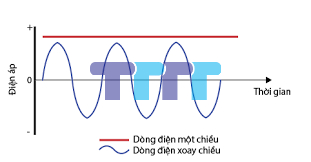
Optical effect
The photoelectric effect is a phenomenon when a direct current passes through a light bulb, causing the light bulb to glow. This is the operating principle of electric lights such as fluorescent lights, LED lights, etc.
Electronic devices such as TVs, computers, and mobile phones also use optical effects to display images and text.
Word effects
Magnetic effect is the phenomenon when a direct current passing through a conductor creates a magnetic field around the conductor. This is used a lot in electronic devices like speakers, mics, electric motors, etc.
In addition, magnetic effects are also applied in medical devices such as MRI machines to take pictures of the body.
Chemical effects
Chemical effect is the phenomenon when a direct current passing through an electrolyte solution will cause the substances in the solution to dissociate and precipitate. This is used in electrolysis to produce products like metals, acids, alkalis, etc.
In addition, chemical effects are also applied in water filtration devices to remove pollutants.
So what is the frequency of direct current? The frequency of direct current is constant and equal to 0 Hz (Hertz). This means that direct current is non-cyclical and does not fluctuate over time.
See more: Making a wind generator – Simple process of making a wind generator.
Applications of direct current in life
Direct current has many applications in everyday life. Here are some examples:
- Batteries: Batteries are portable power supplies and are widely used in electronic devices such as mobile phones, tablets, smart watches, etc. Batteries are usually made from electrochemical cells that carry direct current.
- Battery: Battery chargers are the power source for cars and motorbikes and are used to store energy in devices such as UPS (uninterruptible power supply), solar power systems, etc.
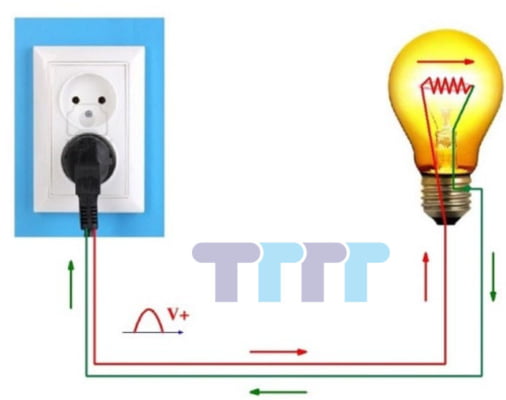
- DC Generator: A DC generator is a device that converts mechanical energy into electrical energy. It is used to supply electricity to areas without mains power or in emergencies.
- Flashlight: A flashlight is a compact and convenient lighting device, widely used in outdoor activities such as camping, hiking, etc.
Medical equipment: Direct current is used in medical equipment such as saunas, massage machines, etc. to help the body relax and reduce pain. - Household appliances: Thermal effects of direct current are used in household appliances such as electric stoves, microwave ovens, etc. for cooking and heating food.
Thus, we have learned about what direct current is, its properties and applications in life. Direct current has special properties and is widely used in many different fields. Hopefully this article has helped you better understand this concept and how it affects our daily lives.
See more: For those who do not know what main parts a 3-phase generator consists of.
Company name:
TTTT GLOBAL co Ltd,.
Address: Landmark 4 Building, Vinhomes Central Park, 720A Dien Bien Phu Str, Ward 22, Binh Thanh District, Ho Chi Minh City, Vietnam.
Website: https://ttttglobal.com/en/
Hotline: +84286 2728 334
Email: Info@ttttglobal.com
CATEGORY: TECHNICAL QUESTIONS AND ANSWERS
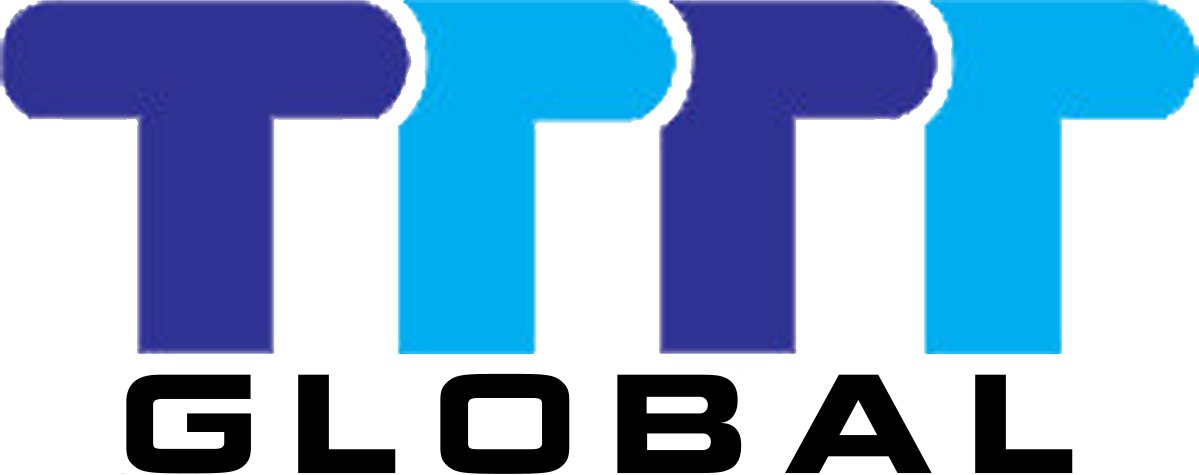
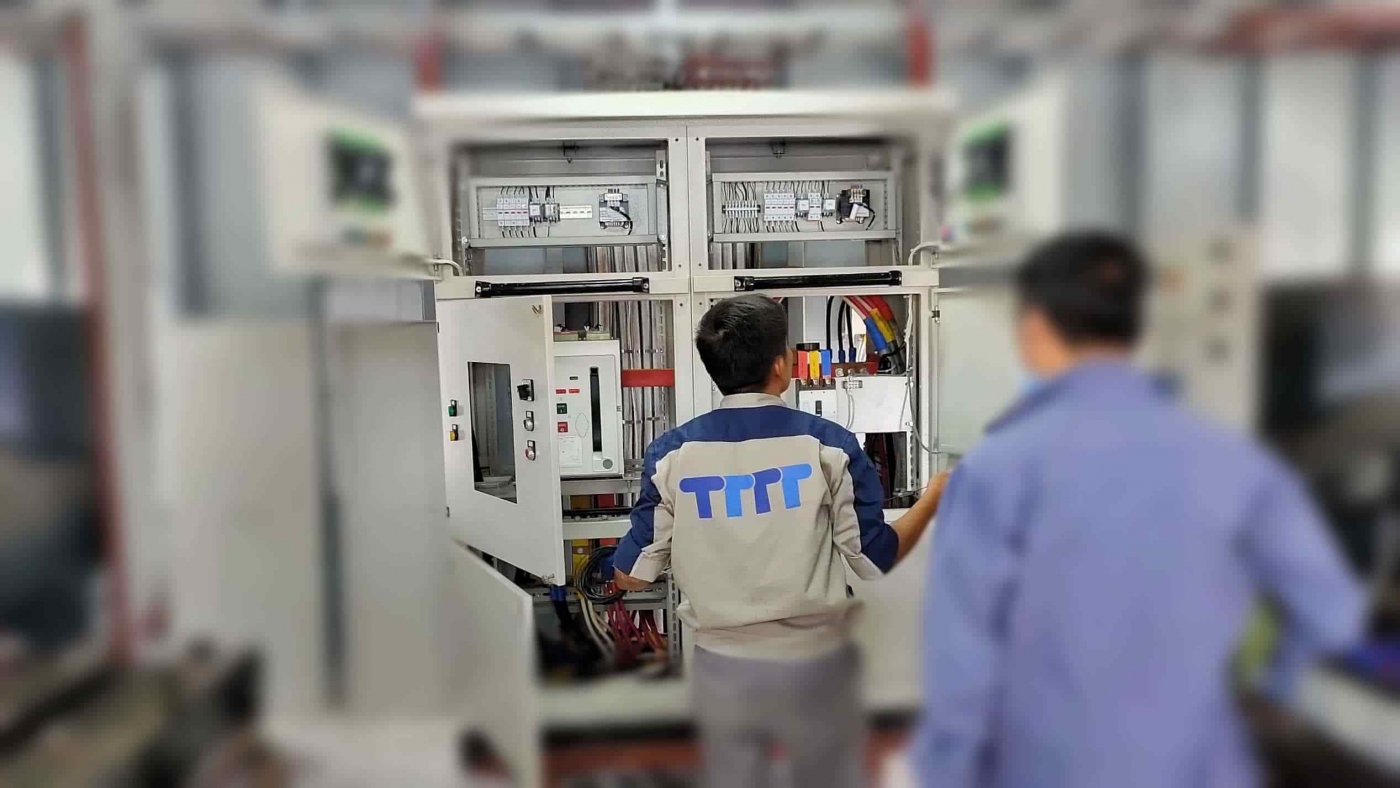
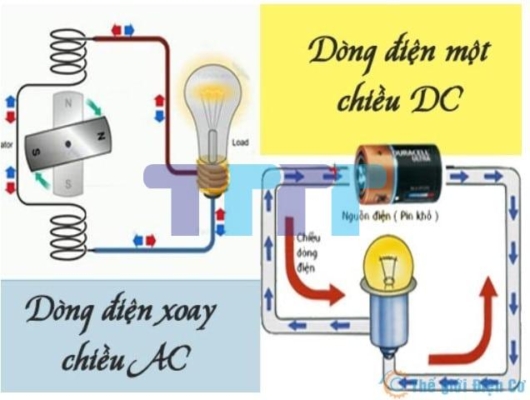
![Volvo Penta price list for [Made in India] engine 2022 volvo-penta-made-in-india](https://ttttglobal.com/wp-content/uploads/2022/04/volvo-penta-made-in-india.jpg)

